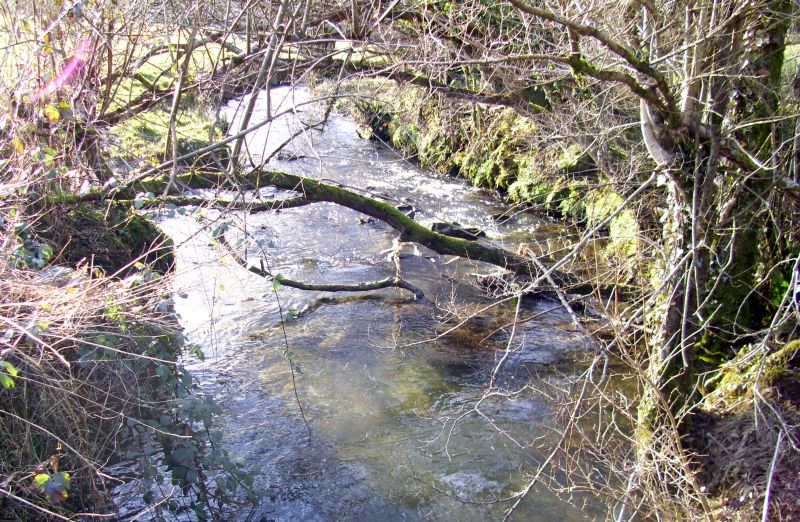By now, we had expected to have a live website, updated continuously, showing the potential of the Lansugle stream to provide a small scale generation scheme .

Back in 2020, SHARE volunteers had already completed the metalwork for the measurement weir and reinforced the banks along the short stretch of the stream that suffered flooding in November 2019’s torrent. We completed putting in place a 65mm (2 ½ inch) high weir ready to use the electronics to measure the fall over it. We’d checked in the Environment Agency’s guidance that a measurement weir didn’t need any additional permission. But for reasons unknown to us the Environment Agency took an interest in our work, and sent a fisheries expert to take a close look, and we were then advised that changing the flow from turbulent to smooth along the weir structure (just three feet long) would contravene the Salmon and Freshwater Fisheries Act. It turns out that we would need at least three extra items: a salmon ladder, an eel pass and a supplementary licence, the application fee for which is an additional £1500!
The impact of the Environment Agency intervention was that the metal weir structure had to be removed. This was done quickly and the site completely restored to the state that it has been in for the past 50 years. The purpose of the metal weir was to straighten and smooth the water, resulting in “laminar flow” over a clean edge. This, in conjunction with a water depth measurement system, would have enabled flow over the weir to be very easily calculated, with little manual intervention. It would in fact have been possible to monitor the flow closely over a 12 months period, in a fully automated way. Occasional site visits would have been necessary to ensure that the metal channel and weir remained clear of obstructions such as branches and other debris.
But we’re determined to complete what we originally set out to do; it’s just that we had to find a method that meets these additional regulations. We still want to characterise the catchment area and stream flow, throughout the year – even on a weekly basis. We also want to be able to assess the power generation potential of small streams such as this one, and so put ourselves in a better position to be able to subjectively judge alternative potential power generation sites. Consequently, we have purchased a small water turbine flow meter and started to measure flow with this equipment on a regular basis. The site has concrete piers that were used in the distant past to provide the greater head of water needed to drive a water pump. These piers provide an area that constrains the flow and makes it relatively easy to carry out a matrix of flow speed measurements. Although it is still early days, we are gathering some interesting results.
We have already seen that flow can vary widely in a short space of time. In the dry weeks of November, the flow would only have been sufficient to generate around 1kW of electricity. In early December, following heavy rain, 6kW electricity generation would have been possible. 6kW round the clock, entirely independent of wind or sunshine would be a very valuable local generation capacity – equivalent to the average energy used to power around 15 homes.